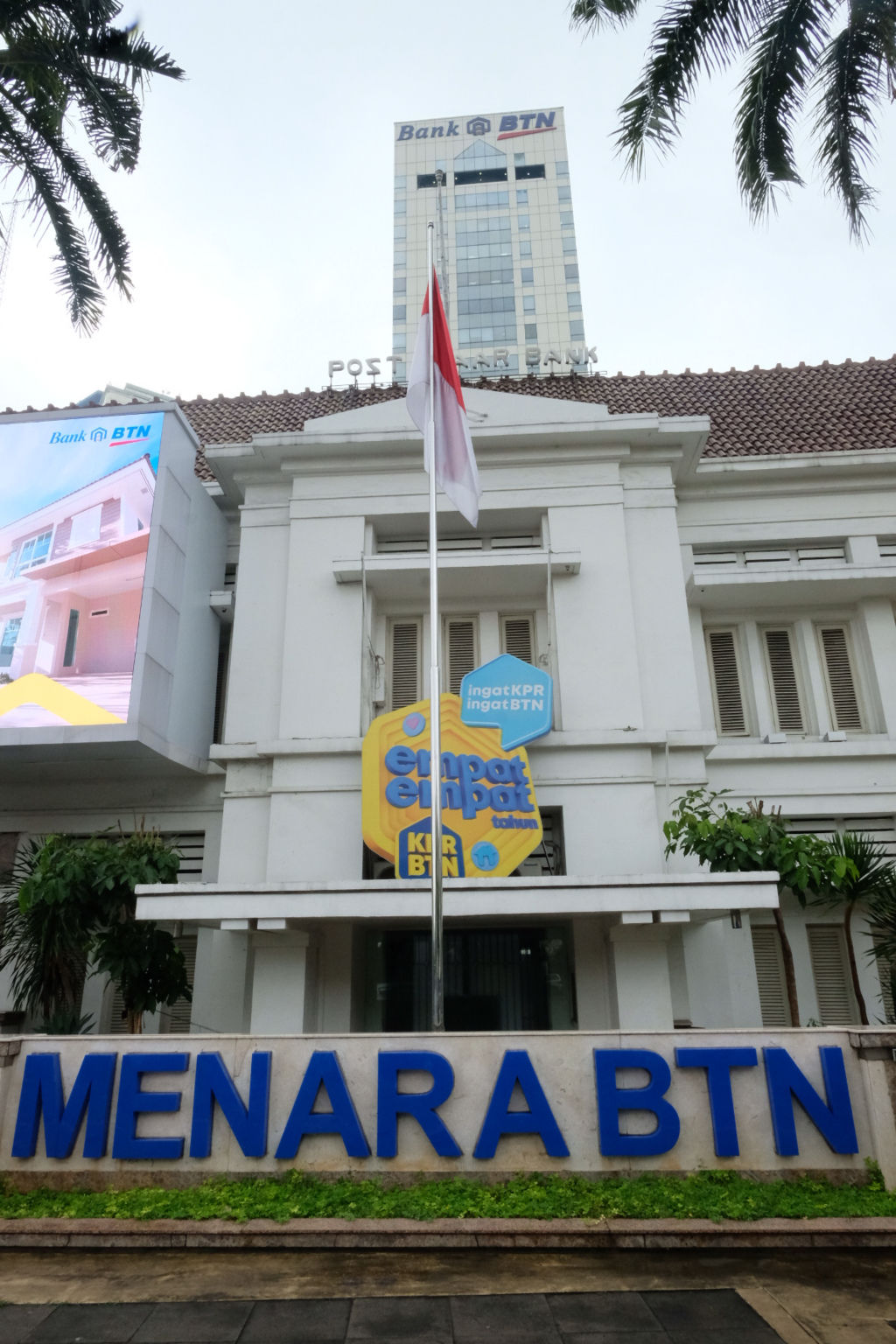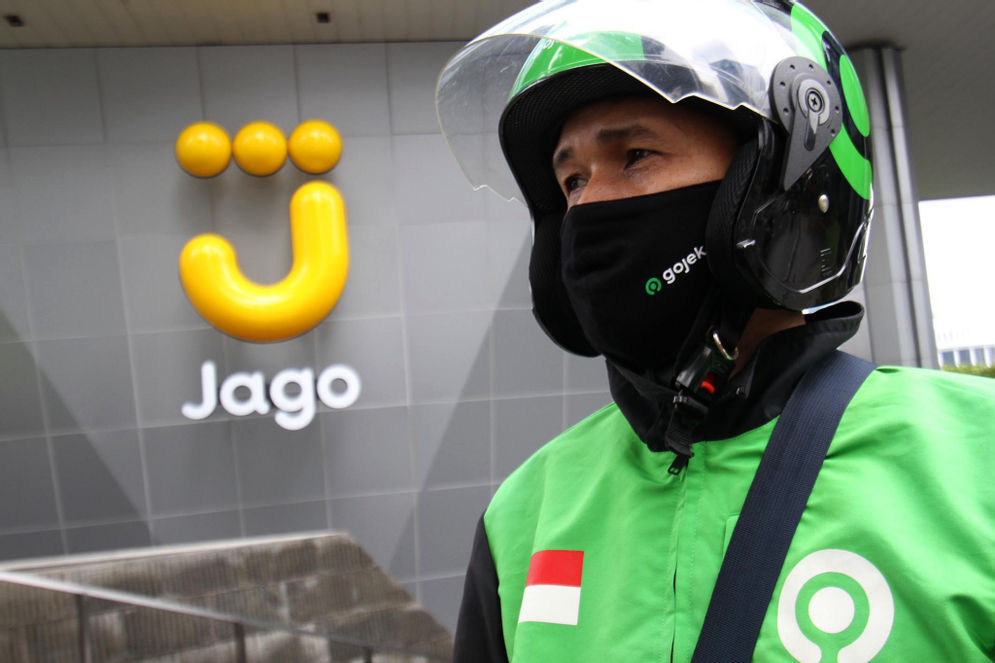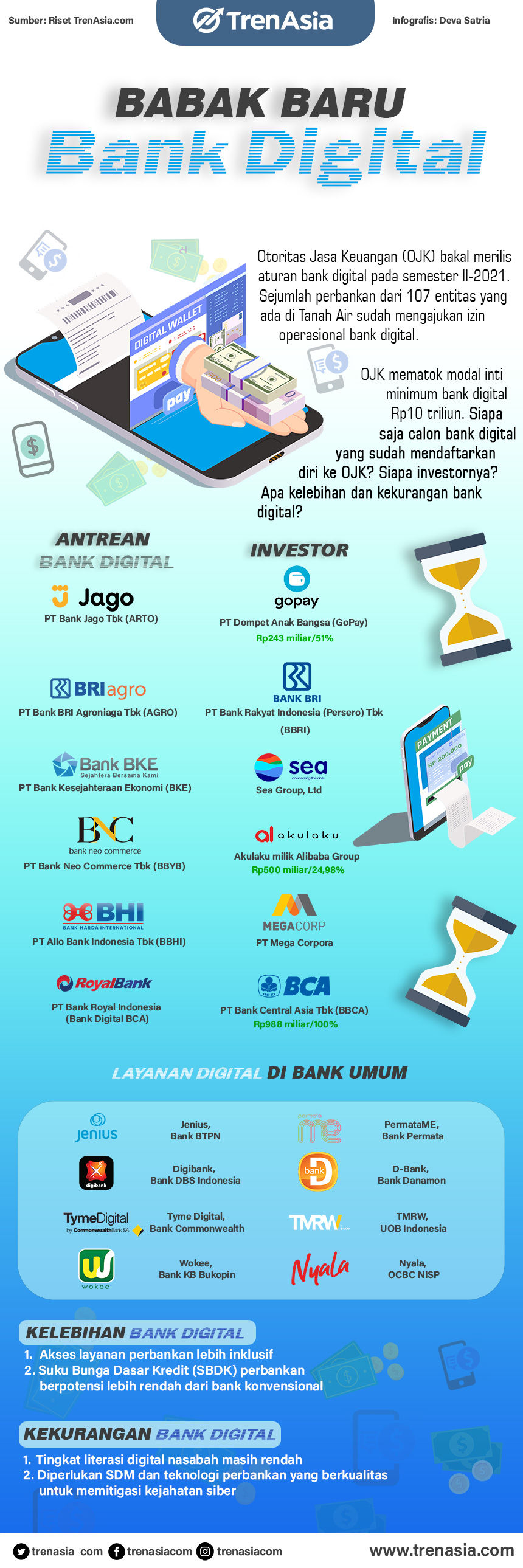
Indonesian Conventional Banks Versus Digital Banks, Which is the Most Reliable?
- JAKARTA – Banking is a sector that is quite exciting for the stock exchange this year. This sector is being hunted in line with the number of corporate actions
Insight Langit Biru
JAKARTA – Banking is a sector that is quite exciting for the stock exchange this year. This sector is being hunted in line with the number of corporate actions carried out this year.
Capital market practitioner, Lucky Bayu Purnomo, said the volatility of the banking sector was also driven by the digital bank transformation plan. Nevertheless, conventional banks are also as attractive with the achievement of solid performance this year.
“I see that the performance of the banking sector has a parameter, namely volatility due to the transformation process from conventional to digital. This sector revives the passion of market participants. The shift in industrial culture, this is the reason why banking is the choice," Lucky said in a virtual discussion on Instagram Live @OmfinnChannel, Monday, August 30, 2021.
- PP London Sumatra Milik Grup Salim Bagi Dividen Rp136,46 Miliar, Catat Jadwal Lengkapnya
- Sinar Mas Multi Artha Raih Kinerja Stabil, Laba Bersih Tumbuh Tipis 2,9 Persen Jadi Rp628 Miliar
- Sinar Mas Agro Resources and Technology Habiskan Rp2,36 Triliun Investasi di Perusahaan Afiliasi
The dynamics of price movements with banks are indeed interesting to explore. In terms of stock price movements, digital banks are more attractive than conventional banks.
By measuring it in the current year period (year-to-date), the shares of banks that have declared as digital banks are growing more rapidly. The share price of PT Bank Jago Tbk (ARTO) has been recorded to have strengthened more than three times, namely 341.0% for the January-August 2021 period.
In the same period, PT Bank BRI Agroniaga Tbk (AGRO) also experienced a significant strengthening in terms of stock price movements. The shares of this subsidiary of PT Bank Rakyat Indonesia (Persero) Tbk (BBRI) flew 129% ytd.
Although the issuer bank is predicted to be the ruler of a digital bank, the wildest stock price movements were actually recorded by PT Bank MNC Internasional Tbk (BABP), which was up to 800% ytd. Then, there is PT Bank Neo Commerce Tbk (BBYB) whose share value rose 465.4% ytd.
There is only PT Bank Capital Indonesia Tbk (BACA) which is not able to achieve a triple-digit stock price strengthening. BACA's shares moved slowly, at 23% ytd.
Lucky assesses that the bank with a small-to-medium market capitalization is captivating because it has the flexibility to take corporate actions. However, he also said that banks with large market capitalizations are no less attractive in coloring the Indonesian stock exchange this year.
“Not only small and medium market capitalization banks, but large capitalization banks are waiting for the market. In terms of business posture, banks with small market capitalizations are easier to transform, for example in terms of controlling non-performing loans (NPLs)," explained Lucky.
On the other hand, banks that still claim to be conventional banks experience stock price pressures. PT Bank Permata Tbk (BNLI) experienced high pressure, whose value fell 32.4% ytd.
Then, look at the shares of PT Bank Danamon Indonesia Tbk (BDMN) which correlated 27.7% ytd. Not much different, the shares of PT Bank Tabungan Negara (Persero) Tbk (BBTN) also experienced a decline of 17.7% ytd.
For conventional banks, PT Bank Maspion Indonesia Tbk (BMAS) whose shares soared to 216.3% ytd. Lucky assesses that digital banks will be more attractive in the near term because the potential for technology-based innovation is being highlighted in the stock exchange.
Conventional Bank is Strong in Performance

It is okay for digital bank shares to be more impressive on the exchange, but in terms of performance, conventional banks are still stronger. This is reflected in the growth in net profit of conventional banks belonging to the Bank Group Based on Core Capital (KBMI) which is superior to digital banks.
BTN recorded an increase in net profit of 19.86% year on year (yoy) in the first semester of 2021. During the first six months of 2021, BTN's profit increased from Rp767.57 billion to Rp920.06 billion.
No less, Bank Danamon also managed to record a double-digit net profit growth. The net profit of the issuer codenamed BDMN rose 18% yoy from Rp845 billion in the first semester of 2020 to Rp988 billion in the first semester of 2021.
Bank Permata is the most prominent issuer with net profit growth of up to 74.30%. Permata Bank's net profit soared from Rp366.48 billion in the first semester of 2020 to Rp638.78 billion in the first semester of 2021.
- Berbalik Untung, Laba PT Timah Melesat Jadi Rp270 Miliar pada Kuartal II-2021
- PP London Sumatra Milik Grup Salim Bagi Dividen Rp136,46 Miliar, Catat Jadwal Lengkapnya
- Sinar Mas Multi Artha Raih Kinerja Stabil, Laba Bersih Tumbuh Tipis 2,9 Persen Jadi Rp628 Miliar
Unfortunately, the bank affiliated with the Sampoerna group, PT Bank Sahabat Sampoerna, actually experienced a net profit difference of 38.74% yoy in semester I-2021. Bank Sampoerna's net profit increased from Rp30.2 billion in the first semester of 2020 to Rp18.5 billion in the first semester of 2021.
Only Maspion Bank is still reporting its performance in the first half of this year. Thus, even though there is a decline, conventional banks can still print a net profit in the first semester of 2021.
This condition is inversely proportional to the performance of digital banks, which seem to average losses. Operational expenses that are too high in the digital transformation process are the cause of digital bank losses.
Bank Jago owned by Jerry Ng, for example, had to lose Rp47 billion in the first semester of 2021. This is due to the high cost of operating expenses which soared 135% to Rp183 billion in the first semester of 2021.
Not much different, this condition is also experienced by Neo Commerce Bank. The plan to become a digital bank made Neo Commerce Bank (BBYB) turn around a loss of Rp132.85 billion in the first half of 2021. In fact, BBYB was still able to record a net profit of Rp19.32 billion in the first half of 2020.
Just like Bank Jago, Bank Neo Commerce also experienced a collision in operating expenses. BBYB's total operating expenses shot up 253% yoy from Rp100.27 billion in the first semester of 2020 to Rp277.020 billion in the first semester of 2021.
It is different with Bank Capital which is still able to maintain the surge in operating expenses. Operating expenses at this issuer codenamed BACA only crawled 31% to Rp241.39 billion from the previous Rp184.30 billion. As a result, BACA was still able to reap a net profit of Rp11.60 billion.
Even so, BACA's performance is still classified as negative. This is because the profit achievement in the first semester of 2021 was 77.68% lower compared to the first semester of 2020 which reached Rp51.98 billion.
The fall in net profit was also experienced by MNC Bank. The issuer belonging to the conglomerate Hary Tanoesoedibjo experienced a 6.7% yoy decrease in net profit from Rp5.13 billion in the first semester of 2020 to Rp4.78 billion in the first semester of 2021.
Only BRI Agro recorded a stable performance in the first semester of 2021. The net profit of this prospective digital bank flew from Rp20.04 billion in the first semester of 2020 to Rp26.22 billion in the first semester of 2021.
Digital Bank Loans Ascend, Conventional Banks Stay Sturdy

Although the value is still small, digital banks show a bright direction in terms of intermediation. Director of the Center of Economic and Law Studies (CELIOS), Bhima Yudhistira, said public confidence in digital banks is increasing.
As a result, people are now more daring to access financing from digital banks. Directly, the performance of digital bank lending soared in the first half of this year.
For example, Bank Jago experienced an increase in lending by 696% yoy to Rp2.17 trillion. "Institutional digital banks are profitable because it is easier to gain trust from the public, this can be an alternative to peer-to-peer (P2P) lending with higher interest rates," said Bhima to TrenAsia.com, Monday, August 30, 2021.
Although not as aggressive as ARTO, a number of digital banks also experienced an increase in lending. MNC Bank was recorded to have disbursed loans of Rp7.69 trillion, an increase of 8.10% compared to the position at the end of 2020 which was Rp7.12 trillion.
However, Bhima underlined that this digital bank is only strong in the consumer segment. This can be seen in the lending posture of Neo Commerce Bank, where 60% of credit comes from the household segment.
Accumulatively, BBYB recorded credit disbursement of Rp3.82 trillion, an increase compared to the end of 2020 which was only Rp3.66 trillion.
“This digital bank plays in the consumer segment, the prospect can be increased to productive credit. However, it is still difficult to penetrate credit with a large value, “ explained Bhima.
- Berbalik Untung, Laba PT Timah Melesat Jadi Rp270 Miliar pada Kuartal II-2021
- PP London Sumatra Milik Grup Salim Bagi Dividen Rp136,46 Miliar, Catat Jadwal Lengkapnya
- Sinar Mas Multi Artha Raih Kinerja Stabil, Laba Bersih Tumbuh Tipis 2,9 Persen Jadi Rp628 Miliar
In other words, the wholesale banking segment is still held by conventional banks. For example, the performance of Bank Permata's wholesale banking segment grew 39.8% yoy.
This segment has in fact become the main trigger for the overall credit at the issuer coded BNLI. BNLI as a whole disbursed Rp120.8 trillion in the first semester of 2021, an increase of 16.6% yoy.
Similarly, the enterprise banking segment consisting of corporate and commercial supported Bank Danamon's credit performance in the first half of this year. This segment managed to grow 11% yoy so that Bank Danamon's lending was solid at the level of Rp134.4 trillion in semester I-2021.
Meanwhile, Bank Sampoerna's credit distribution only grew limited in the first semester of 2021. The company's total lending grew 3.4% to Rp8.5 trillion in the first half of this year.
Meanwhile, BTN, which was mandated to finance housing by the Ministry of SOEs, disbursed loans of Rp265.9 trillion at the end of the second quarter of 2021, growing 5.59% compared to the same period the previous year.

Author: Muhamad Arfan Septiawan
Editor: Sukirno

